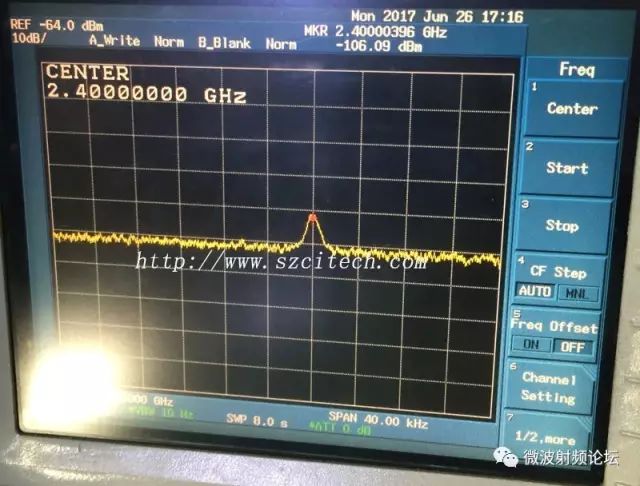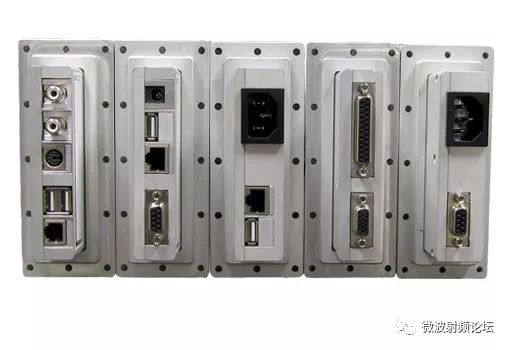Basic principles of electromagnetic shielding
The effectiveness of a shield is not solely determined by its structure. To achieve proper electromagnetic shielding, the design must follow fundamental principles. There are two core concepts in electromagnetic shielding:
Generally, most metal materials can provide more than 100dB of shielding effectiveness, especially against low-frequency magnetic fields. However, achieving shielding above 80dB in real-world applications is quite challenging. This is primarily due to several factors that affect the performance of the shield.

1) Conductive continuity of the shield:
For a shield to work effectively, it must form a complete and continuous conductive path. This is easier said than done. In practice, a fully enclosed shield is rarely useful. Most practical enclosures have numerous openings—such as vents, display ports, adjustment slots, and joint gaps between components. These discontinuities can significantly reduce or even eliminate the shielding effect if not properly managed during the design phase.

2) No direct conductors passing through the shield:
Even a high-performance shield can lose up to 99.9% (60dB) of its effectiveness if a wire passes directly through it. In reality, every system requires cables for power, signals, and other functions. If these cables are not properly shielded or filtered, they can act as antennas, allowing electromagnetic interference to bypass the shield. Managing these cables correctly is a crucial part of effective shielding design.
(Sometimes, a single conductor passing through the shield can be more damaging than all the seams combined.)

Electromagnetic shielding does not rely on grounding. While a grounded shield is essential for electrostatic shielding, the effectiveness of an electromagnetic shield is independent of whether it is grounded or not. Designers should understand this clearly. Although grounding may alter the electromagnetic environment in some cases, it doesn’t improve the shield’s ability to block electromagnetic fields. Instead, changes in performance are usually due to other factors, such as coupling or resonance effects.
In conclusion, designing a successful electromagnetic shield involves careful attention to both structural integrity and the handling of external connections. Understanding these key principles helps ensure that the shield performs as intended, even in complex and real-world conditions.
"Cooling Film" typically refers to a type of material designed to reduce heat buildup, often used in electronic devices, buildings, or vehicles. These films can work through various mechanisms such as reflecting sunlight, dissipating heat more efficiently, or insulating against external heat sources. They can be made from different materials and are applied in various ways depending on their intended use.
For example:
- **Electronic Cooling Films:** These are often used in smartphones, laptops, and other electronic devices to help manage heat generated by internal components. They might be applied directly to the surface of a device or integrated into heat sinks.
- **Building Cooling Films:** Applied to windows or exterior surfaces, these films can reflect a portion of the sun’s heat away from the building, helping to keep interiors cooler.
- **Automotive Cooling Films:** Used in car windows or on the vehicle's body to reduce the amount of heat entering the cabin.
If you have a specific application or context in mind for "Cooling Film," please provide more details so I can offer more targeted information!
self-cleaning radiative,Energy saving,cooling film,radiative cooling,ultra-high solar reflectivity,Car window cooling film
ZHONG HAN INTERNATIONAL TRADE CO., LTD , https://www.cck-ht.com